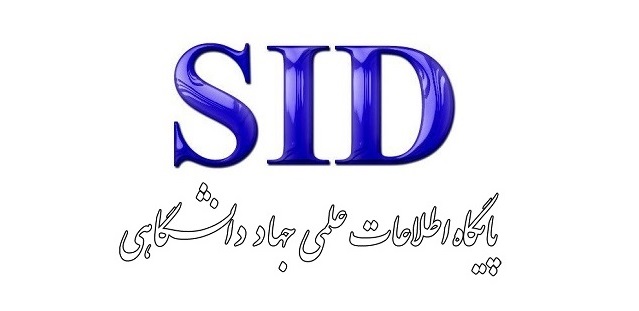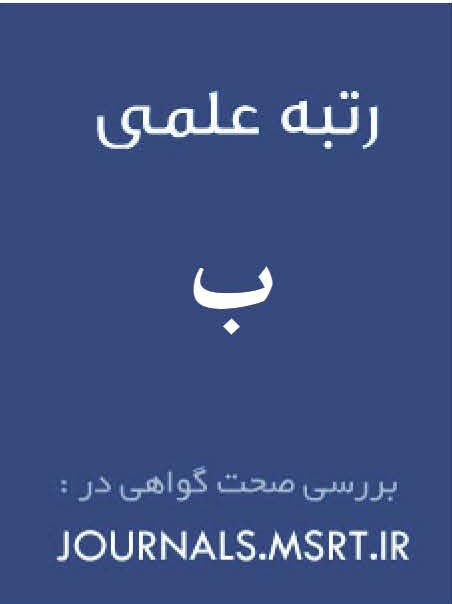Practical Methods of Influencing the Audience from the Perspective of the Qur'an
Keywords:
Quran, influence, practical methods, audienceAbstract
Since its revelation, the Holy Qur'an has aimed to influence its audience in order to guide them toward the path of salvation. In this regard, this divine book has established communication with its recipients and employed various methods to persuade them. As the final divine message to humanity and itself a "clear proclamation" (balāgh mubīn), this magnificent book also teaches its followers the highest and most effective methods of influencing an audience. The present study seeks, through a descriptive-analytical method and by drawing upon Qur'anic verses, to identify practical methods of audience influence. The findings of this study indicate that the Qur'an—as a book of human guidance revealed by the Almighty and Omniscient God—undoubtedly utilizes the most effective practical techniques to convey its intended messages and impact its audience. Among these methods are: role modeling, gradual persuasion, presentation of miracles, face-to-face interaction, assertive confrontation, creating doubt, focusing on commonalities, creativity and innovation, public disclosure, sanctification, psychological framing, emphasis on influential centers, and diversification.
Downloads
References
Ahmadi, S. A. A. (2012). Stylistics of the Prophet's (PBUH) Preaching. Safir Noor(24).
Alavi, S. H. (2018). Examining Persuasive Communication Methods (Derived from Islamic Texts and Resistance Literature). Culture-Communication Studies(42).
Eslami, S. A. S. (2016). Methods of Persuading the Audience in Nahj al-Balagha. Islamic Social Research(110).
Fadlallah, M. H. (1998). Min Wahy al-Quran. Dar al-Malak for Printing, Publishing, and Distribution.
Farahidi, K. i. A. Al-Ain. Hijrat.
Gharaati, M. (2009). The Quran and Preaching (Examining Quranic Verses and Narrations on Religious Preaching Methods). Cultural Center of Lessons from the Quran.
Gill, A. (2005). The ABCs of Communication. Center for Media Studies and Research.
Hajipour, H., & Bayat, H. (2023). Application of Persuasive Methods in Religious Preaching with Quranic and Narrative Explanation. Religious Advertising Studies(1).
Halimi Jolodar, H., & Patiar, E. (2014). Goal-Oriented Persuasion in Education with Emphasis on the Story of Prophet Ibrahim (AS) in the Quran. Quranic Teachings(19).
Ibn Manzur, M. i. M. (1995). Lisan al-Arab. Dar Sadir.
Jafari, Y. Tafsir Kauthar.
Kazemi, A. A. (1995). Method and Insight in Politics. Office of Political and International Studies.
Majlesi, M. B. i. M. T. (1983). Bihar al-Anwar al-Jami'ah li Durar Akhbar al-A'immah al-Athar. Dar Ihya al-Turath al-Arabi.
Makarem Shirazi, N. (1994). Anwar al-Usul. Nasl-e Javan.
Makarem Shirazi, N. (1995). Tafsir-e Nemouneh. Dar al-Kutub al-Islami.
Modaresi, M. T. (1998). Tafsir Hedayat. Islamic Research Foundation of Astan Quds Razavi.
Moein, M. (2000). Moein Persian Dictionary. Amir Kabir.
Mohammadi Golpayegani, A. (2001). A Sip from the Pure Quran. Publications of the Islamic Propagation Office.
Mousavi Kashmari, S. M. (2000). Methods of Education. Islamic Propagation Office.
Movahedi-Nejad, M. (2004). The Secret of Invitation (Teachings from the Quran and Hadith on Preaching). Cultural Center of Lessons from the Quran.
Nasiri Khalili, F. (2015). Audience-Centricity in the Quran and Narrations ADVR - University of Mazandaran
Ragheb Esfahani, A. a.-Q. H. i. M. (2007). Mufradat Alfaz al-Quran. Dar al-Ma'arifa.
Tabarsi, F. i. H. (1993). Majma' al-Bayan fi Tafsir al-Quran. Naser Khosro Publications.
Tabatabai, S. M. H. (1996). Al-Mizan fi Tafsir al-Quran. Islamic Publishing Office of the Society of Seminary Teachers.
Taleghani, S. M. (1984). A Ray from the Quran. Sherkat Sahami Enteshar.
Downloads
Published
Submitted
Revised
Accepted
Issue
Section
License
Copyright (c) 2025 مصطفی قاسمی, سید احمد میریان, حمید محمدقاسمی (نویسنده)

This work is licensed under a Creative Commons Attribution-NonCommercial 4.0 International License.







